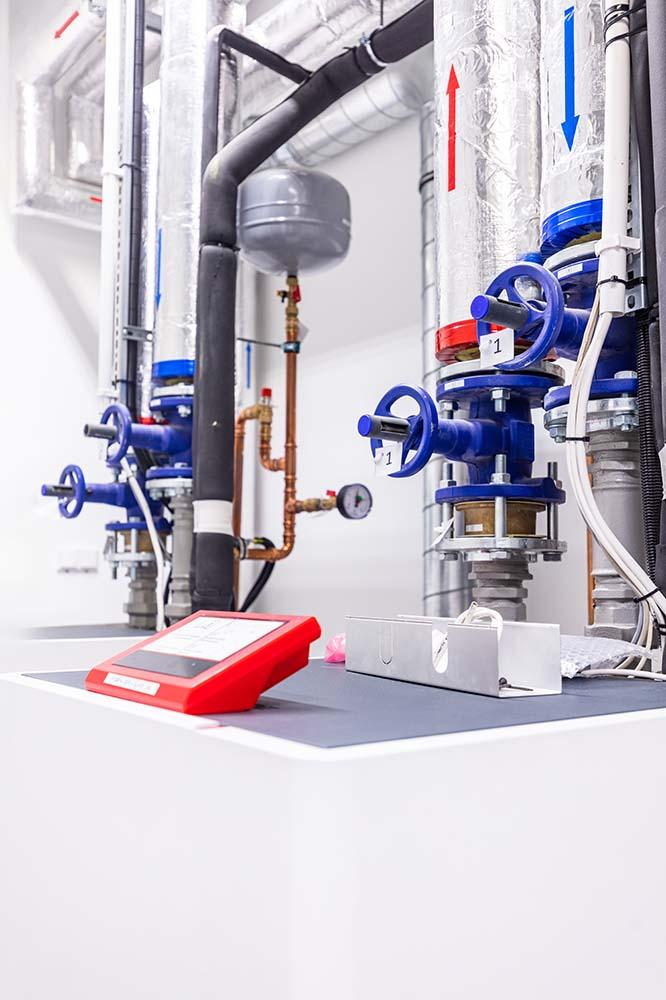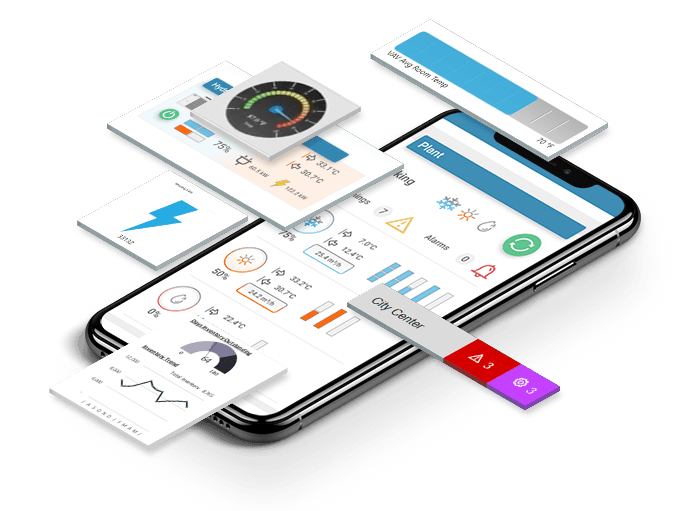
IRENA, the International Renewable Energy Agency, has launched a report entitled “Innovation Landscape for smart electrification”, which addresses the smart use of renewable energy in the electrification of buildings, industry and transport. The report presents a toolbox of 100 solutions to promote decarbonisation in these sectors, 35 of which are dedicated to heating and cooling.
According to IRENA, electrifying the use of renewable energy in industry, transport and buildings is a financially effective way to decarbonise the end sectors, as well as increasing security of supply, reducing dependence on imported fossil fuels and mitigating the risks of price volatility of these fuels.
With regard to heating and cooling, important aspects discussed in the report, IRENA concludes that the heating and cooling account for about half of the world’s final energy consumption. It is the largest source of energy end-use, ahead of electricity (20%) and transport (30%), and is responsible for over 40% of global energy-related carbon dioxide emissions. Most heat production comes from fossil fuels (coal, oil and natural gas), with some unsustainable use of biomass. The share of fossil fuels in heat production has, however, been declining (from 91% in 2010 to 75% in 2021) (IEA, 2022a), and we expect more recent reports to show an even sharper fall, due to the war in Ukraine and the consequent cut in Russia’s energy dependence from mostly fossil fuels and intensive demand for more renewable sources.
Meanwhile, buildings (residential and commercial) and industry sectors account for around 95% of global heating demand.
Space heating, mainly in buildings, accounts for about half of the energy used for cooling, with the rest of the energy used for industrial and commercial cooling (Green Cooling Initiative, 2022). Since cooling is already predominantly powered by electricity, decarbonisation gains will be linked to smart electrification strategies rather than further electrification as in the case of heat.

Electrification, especially of heating, is the main strategy to decarbonise heating and cooling (and meet the 1.5°C target by 2050).
So what can we do about heating and cooling? IRENA highlights the importance of innovations in the smart electrification of these areas and presents 35 proposals distributed in four dimensions:
- Technology and infrastructure.
- Markets and regulation.
- Business models.
- Planning and operation of the system.
In the first dimension, related to technology and infrastructuresolutions such as conversion technologies (such as high and low temperature heat pumps and waste heat technologies for energy generation), thermal storage, district heating and cooling systems and digitalisation are presented (IoT for smart electrificationartificial intelligence for energy demand forecasting, among others).
In the second dimension, market design and regulation, instruments related to the electricity market are presented, such as dynamic tariffs and flexible power purchase agreements, as well as sectoral incentives and regulations, such as standards and certifications for equipment and energy efficiency programmes in buildings and industry, among others.
In the third dimension, business models, concerns services for the electricity system, aggregators, heating and cooling as a service, models for heat recovery (e.g. from data centres or industrial processes, and circular energy flows in cities) and models to facilitate the creation of community ownership initiatives.
The last dimension, planning and system operation, addresses two issues: integrated planning, with tools such as holistic planning for cities, heating and cooling maps and coupling cooling loads with solar generation; and intelligent operation, with solutions involving thermal inertia, seasonal thermal storage, among others.

In the report a toolbox with three kits is proposed: the essential kit, which should be implemented in any situation, followed by the heating kit and then the cooling kit, depending on the needs. The heating kit is further divided into kits for buildings, industry and district heating.
The report provides guidance for the implementation of these kit tools. It can be consulted here.
WiseBuilding® is technically capable of supporting any project that promotes the electrification of heating and cooling systems and energy efficiency in buildings. Consult us.
WISEFRAMEWORK is a BACnet B-AWS certified software solution for state-of-the-art integration, control, management and visualisation in building automation systems. Designed to redefine the way buildings are operated through an open platform and seamless harmonisation between building-generated data by supporting multiple protocols including BACnet, Modbus, KNX, OPC-UA and MQTT. Through the use of Haystack technology, the software also empowers the building for the future at the forefront in the integration of the various technical systems.


